使用Java进行异常处理:多层捕获案例
在Java中,异常处理是通过try-catch-finally语句来实现的。下面是一个多层捕获的案例:
public class ExceptionHandlingExample {public static void main(String[] args) {try {// 第一层捕获:可能会抛出IOExceptionFile file = new File("non_existent_file.txt");if (!file.exists()) {System.out.println("File does not exist.");} else {System.out.println("File exists.");}// 第二层捕获:可能会在打开文件后抛出FileNotFoundExceptionBufferedReader reader = new BufferedReader(new FileReader(file)));String line;while ((line = reader.readLine()) != null) {System.out.println(line);}} catch (IOException | FileNotFoundException e) {// 处理异常,打印错误信息System.err.println("An error occurred:");if (e instanceof IOException) {System.err.println("IOException: " + e.getMessage());} else if (e instanceof FileNotFoundException) {System.err.println("FileNotFoundException: " + e.getMessage());} else {System.err.println("Unexpected exception: " + e.getMessage());}} finally {// 只有finally块中的代码无论是否发生异常,都会被执行System.out.println("Closing resources...");}}}
在这个例子中,我们尝试读取一个不存在的文件。在try-catch语句中,我们使用了两层捕获:一层捕获可能抛出的IOException,另一层捕获可能在打开文件后抛出的FileNotFoundException。
如果发生异常,我们会打印详细的错误信息,并确保资源得到适当的关闭。

























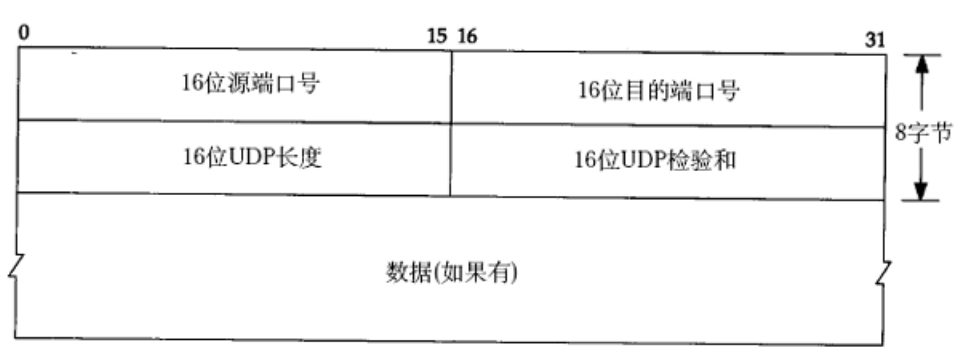
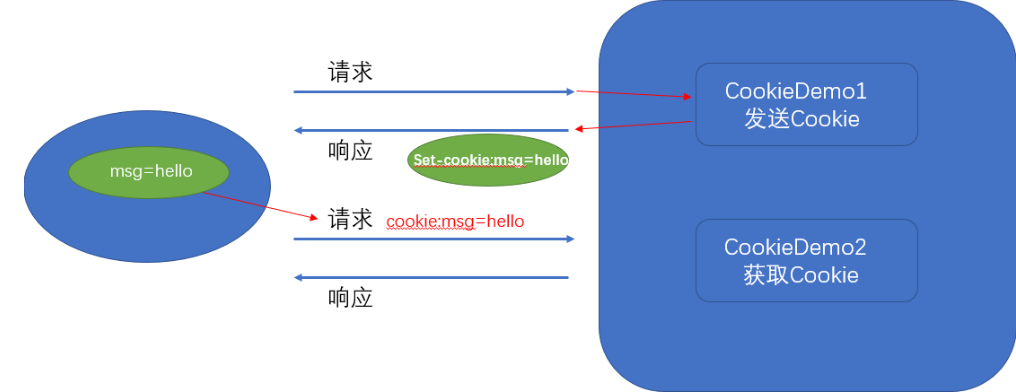
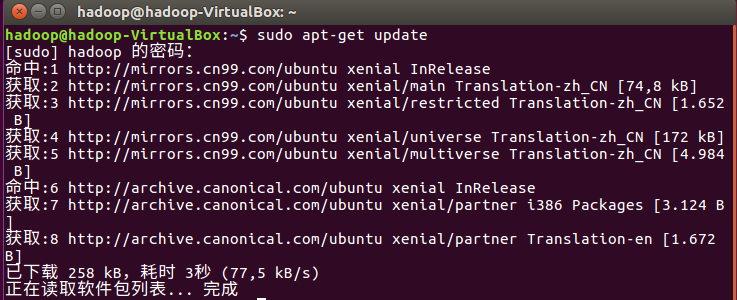
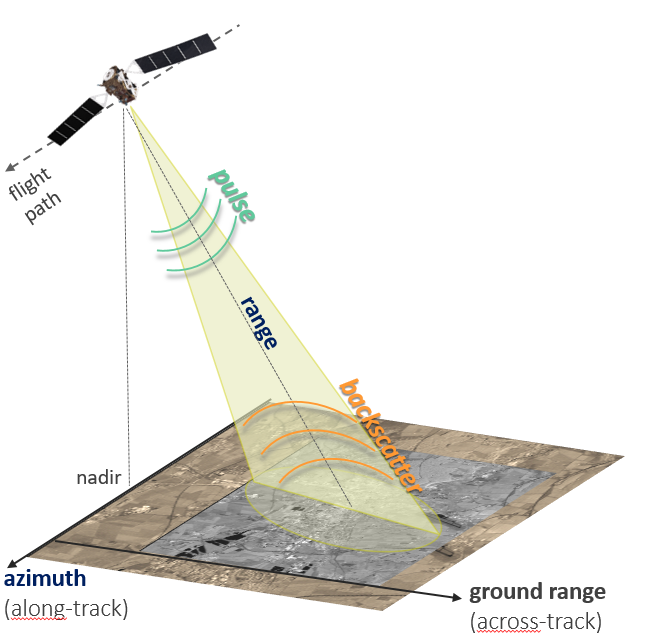
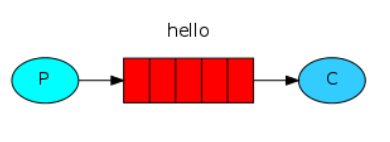




还没有评论,来说两句吧...